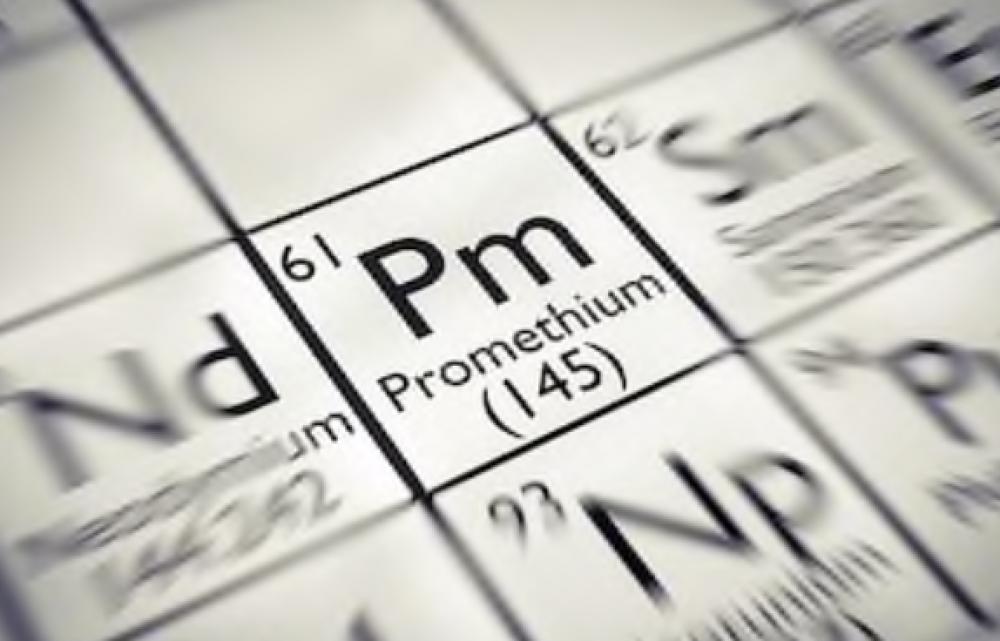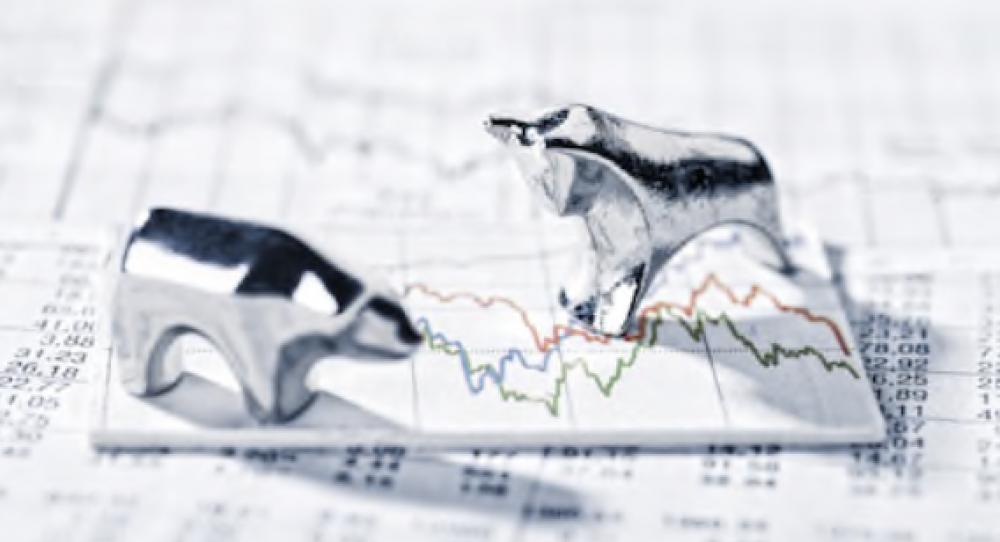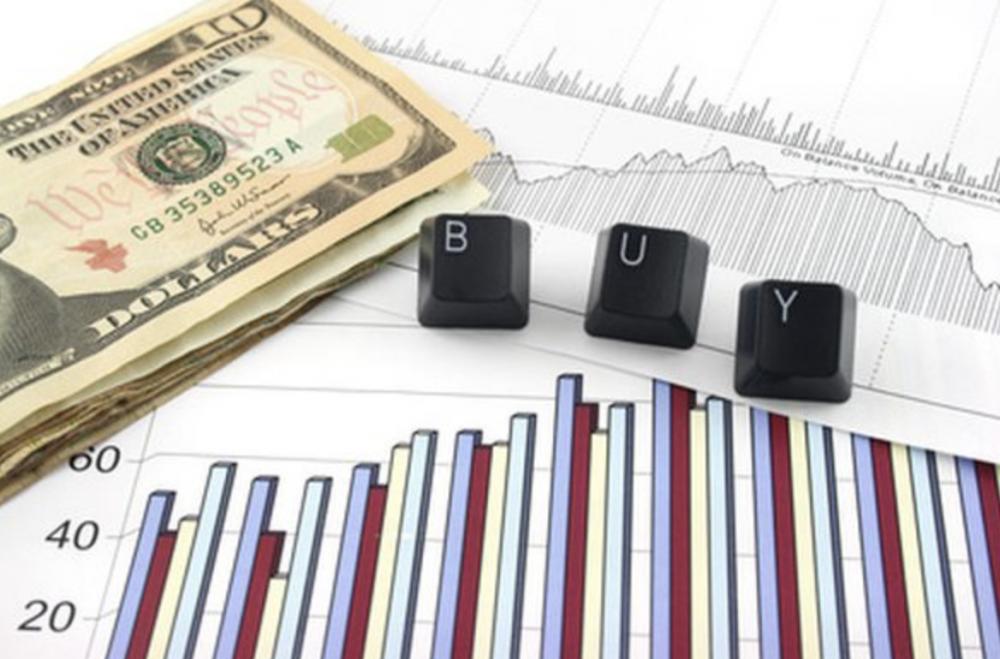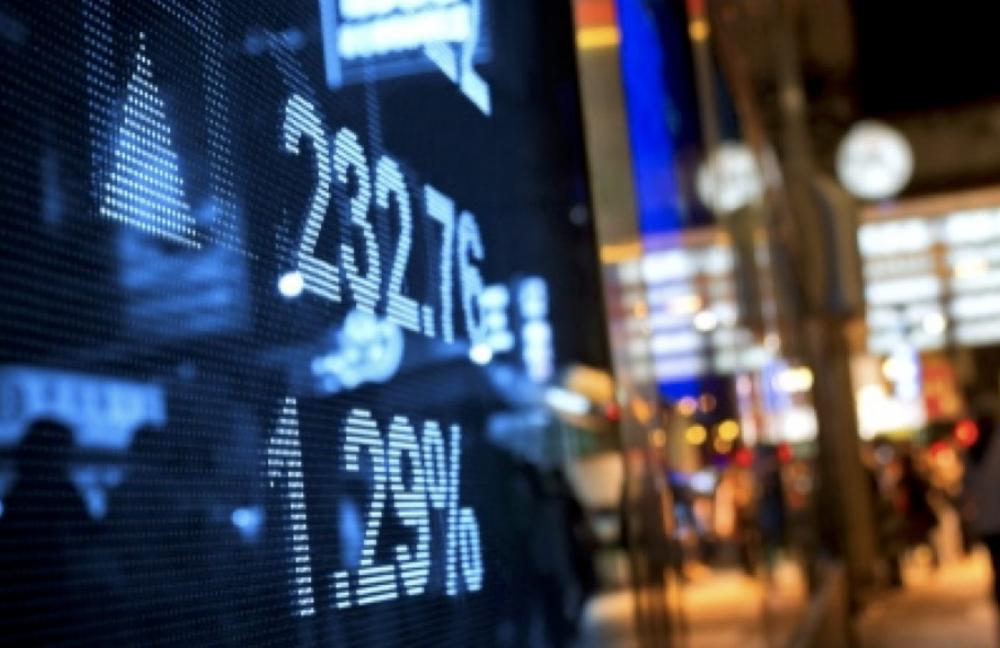The Best Way to Trade China’s Rare Earth Threat Now
By: Ian Cooper
04:11 05/30/2019

Just days ago, after weeks of intense fighting between the two economic superpowers, major indices are plummeting. All after the press reported the U.S. was considering restrictions on Hikvision – a Chinese surveillance equipment provider – from buying U.S. components.
“The U.S. is considering cutting off the flow of vital American technology to as many as five Chinese companies”, reported Bloomberg, “widening the dragnet beyond Huawei to include world leaders in video surveillance. The Trump administration is concerned about their role in helping Beijing repress minority Uighurs in China’s west.” However, it appears China isn’t about to back down. China’s People’s Daily is reporting the country could cut off rare earth minerals. “We advise the U.S. side not to underestimate the Chinese side’s ability to safeguard its development rights and interests. Don’t say we didn’t warn you!” the People’s Daily said in a commentary titled “United States, don’t underestimate China’s ability to strike back,” as quoted by CNBC. Should China cut off rare earth supply, it could be disastrous. Remember, rare earths are necessary to build and operate hybrid cars, 700 pounds of neodymium are needed to build a three-megawatt windmill, iPhones, medical devices, computers, and cell phones. “The glass industry is the largest consumer of rare earths. For example, lanthanum makes up as much as 50% of digital camera lenses, including cell phone cameras. Hybrid electric cars use significant amounts of lanthanum in its batteries – 10-15 kilograms per vehicle,” said Michael Widmer, metals strategist at Bank of America Merrill Lynch, as quoted by CNBC. Rare earth minerals are made up of more than dozen elements mineable in the earth’s crust, with names such as cerium, europium and lutetium. They are commonly used in everything from car motors and electronics to oil refining and clean diesel to many major weapons systems the U.S. relies on for national security, including lasers and radar. Also remember that China has the largest rare earth mining capacity in the world, especially after the U.S. pulled back from mining. That only increased our dependence on China’s supply. At the moment, 35% of rare earth global reserves are in China with the country mining 120,000 metric tons or 70% of total rare earths. Meanwhile, the U.S. only mines maybe 15,000 metric tons with a total of 1.4 million metric tons of reserves, as compared to China’s 44 million. “China, as the dominant producer of rare earths, has shown in the past that it can use rare earths as a bargaining chip when it comes to multilateral negotiations,” said George Bauk, Chief Executive Officer of Northern Minerals Ltd., as quoted by Bloomberg. Now, as a result of the threat, rare earth stocks are moving aggressively higher. JL Mag-Rare Earth in China rocketed 10%. Australia’s Lynas – one of the few rare earth miners outside of the U.S. – was up by more than 15% in a single day on the news. Unfortunately, none of this comes as a surprise, as the two warring economic superpowers go for the throat. So, should China follow through on its rare earth threat, prices could skyrocket. And one of the best ways to trade that potential opportunity is with the VanEck Vectors Rare Earth/Strategic Metals ETF (NYSE:REMX), which targets an obscure part of the mining market—rare earths metals. The fund is heavily invested in small- and micro-caps, and has significant exposure to emerging-market issuers—the firms you typically find producing cerium, manganese, titanium, and tungsten. REMX's narrow portfolio holds just a handful of names, selected and weighted by market cap.
This article has been provided by a PennyStockTitans contributor. All content submitted by this author represent their personal opinions, and should be considered as such for entertainment purpose only. All opinions expressed are those of the writer, and may not necessarily represent fact, opinions, or bias of PennyStockTitans.
|






